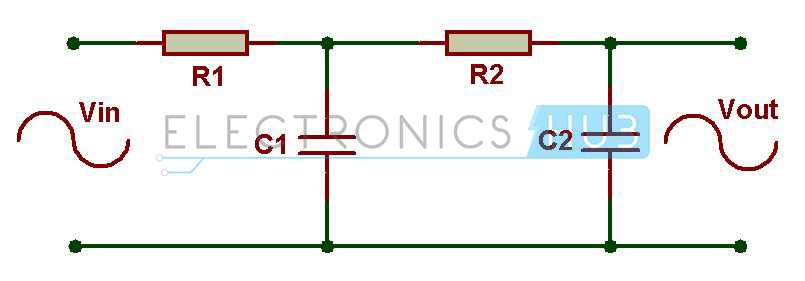That's true. I was emailing with sonion and they told me the same thing. They told me I don't need a crossover but I can use a crossover. is not the same thing a subwoofer directly connected to the source with a subwoofer with crossover. It will have a deeper bass.
Yes and no. It won't have deeper bass. It will have less midrange content, which will SEEM like more low end.
I still say that particular sonion needs no additional filtering to be thundering. These crossovers are very shallow slope, so it's not like a driver stops playing at 236.01Hz. At best, we're getting a 6dB/octave roll off. That equates to 1/4 the power at, in the frequency I cited, 472.04, and then another -6dB at 944.08, and so on.

























